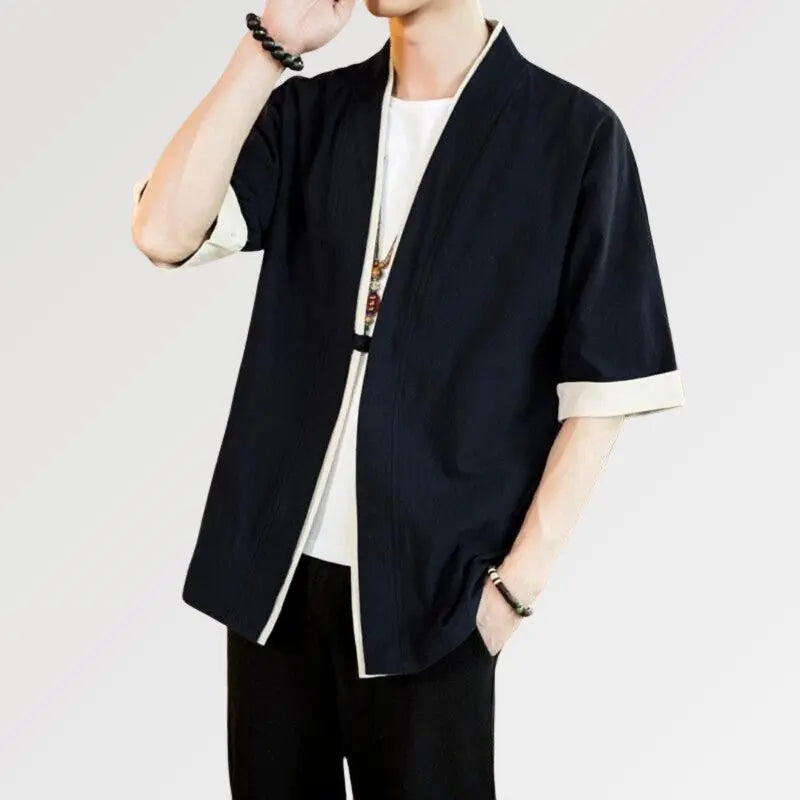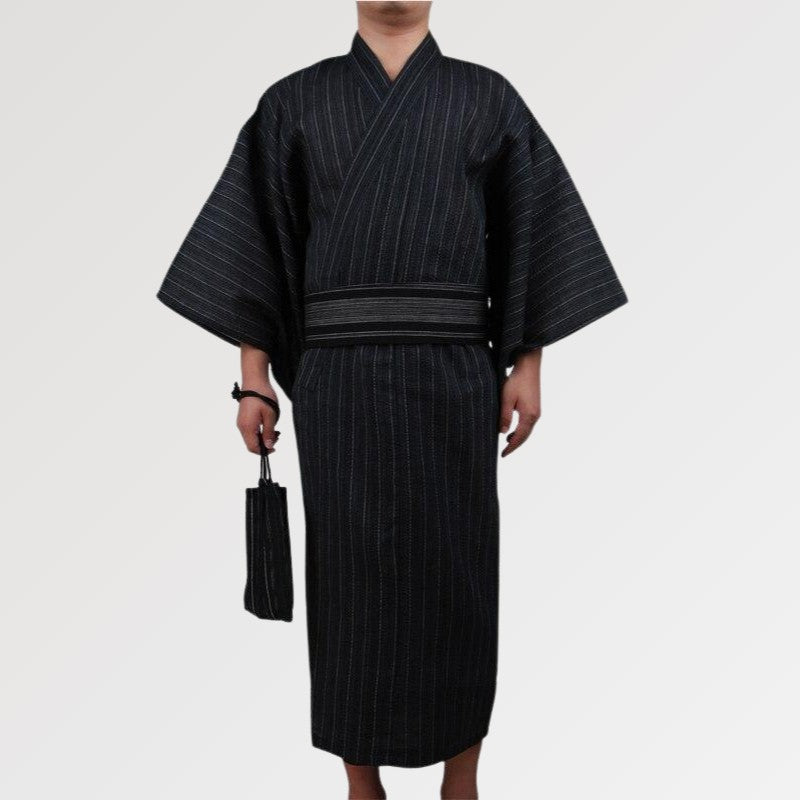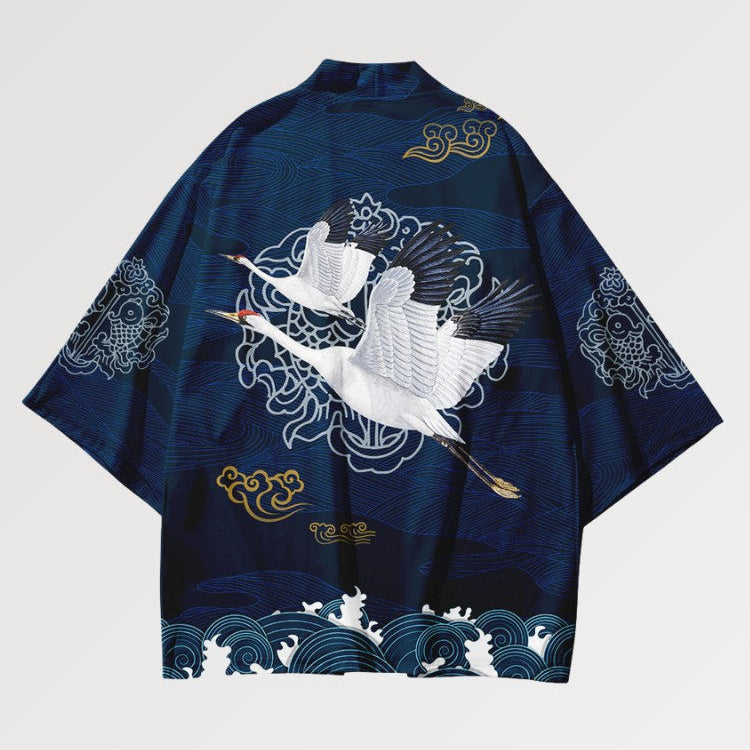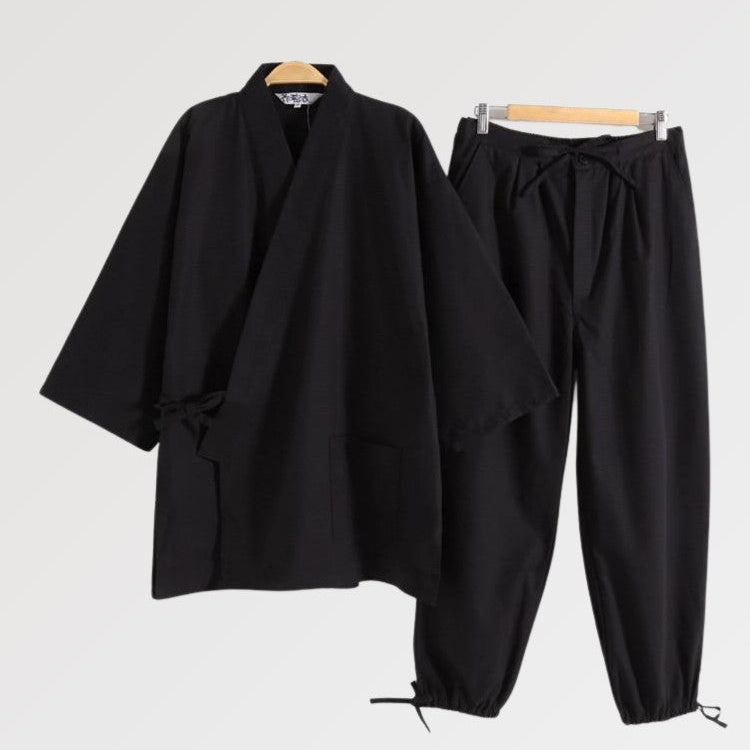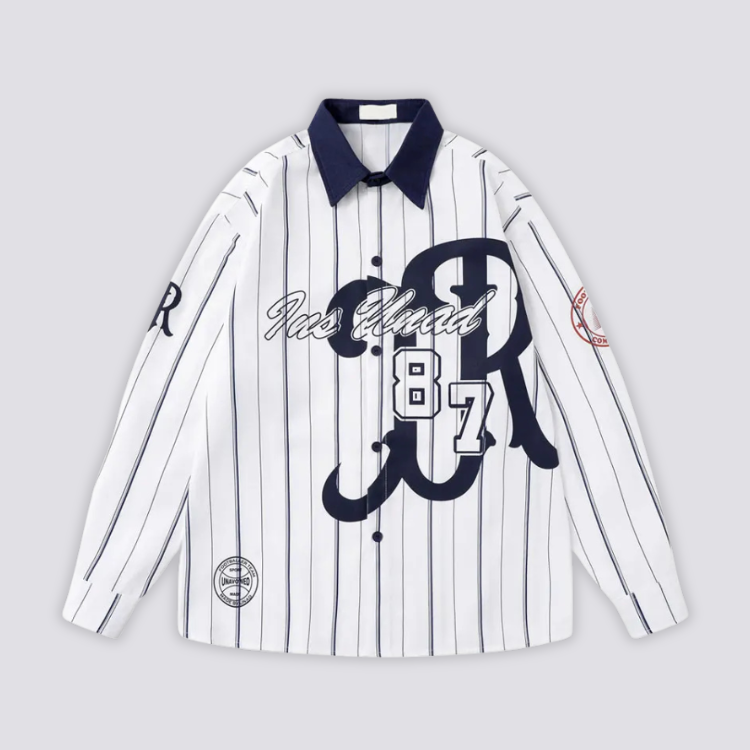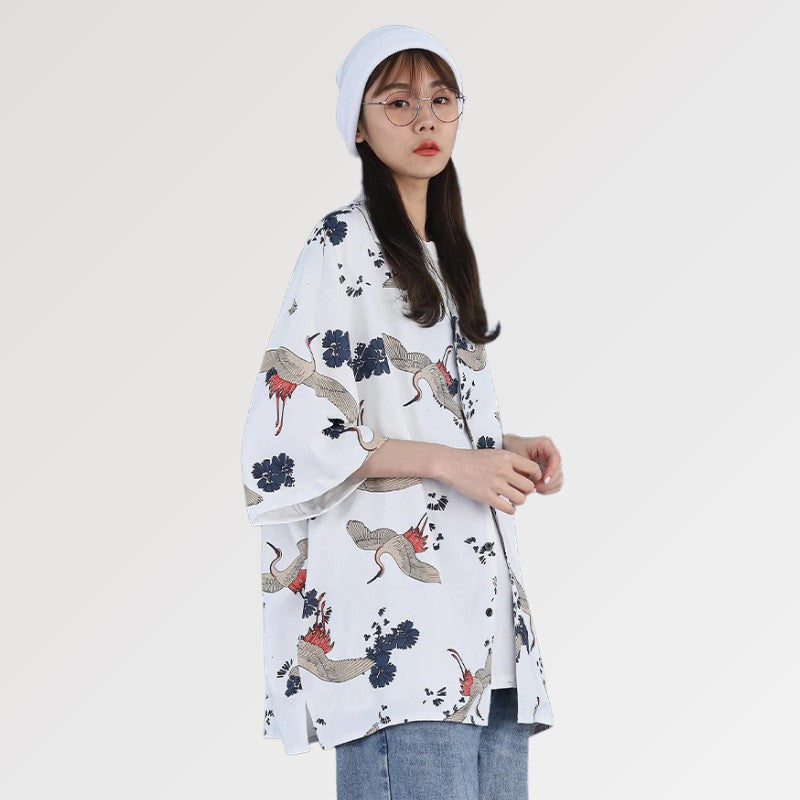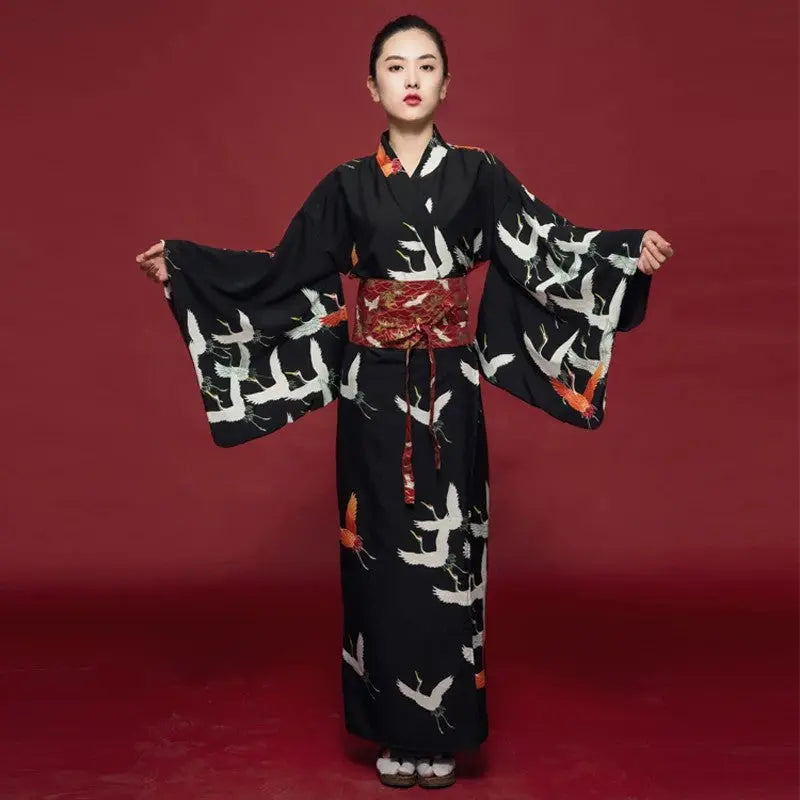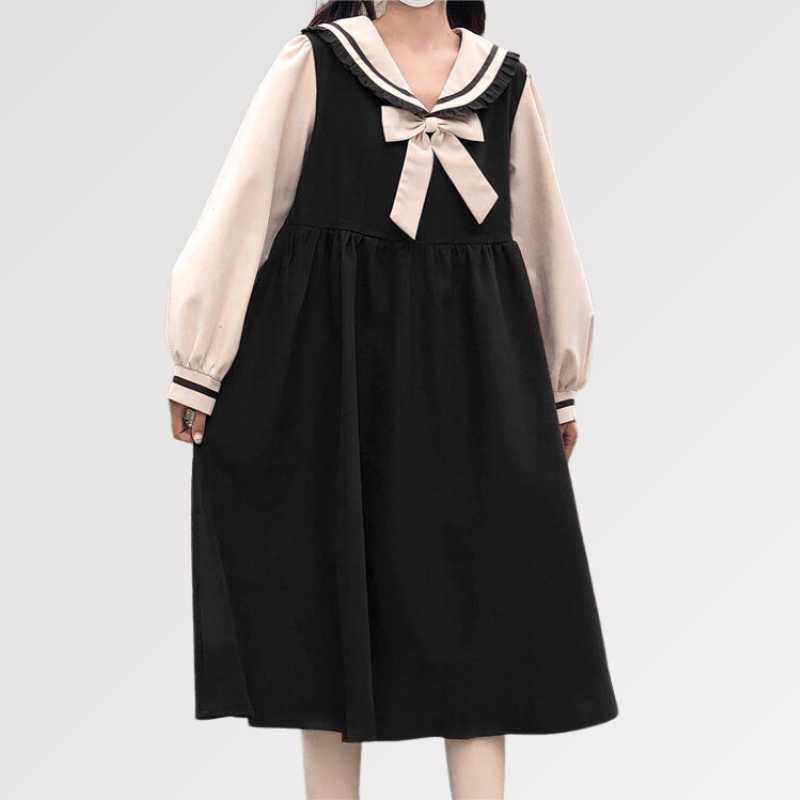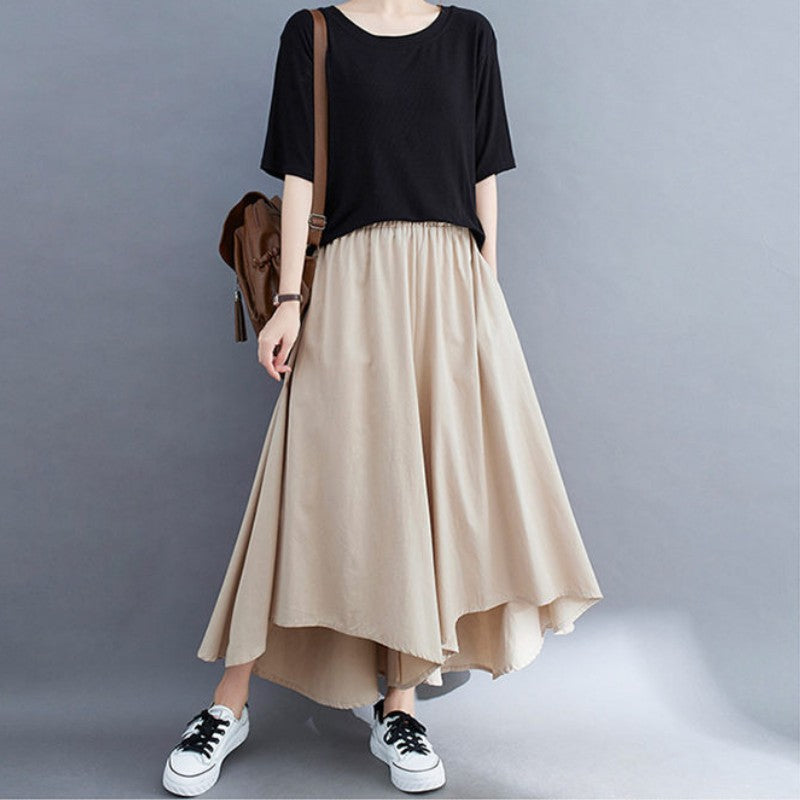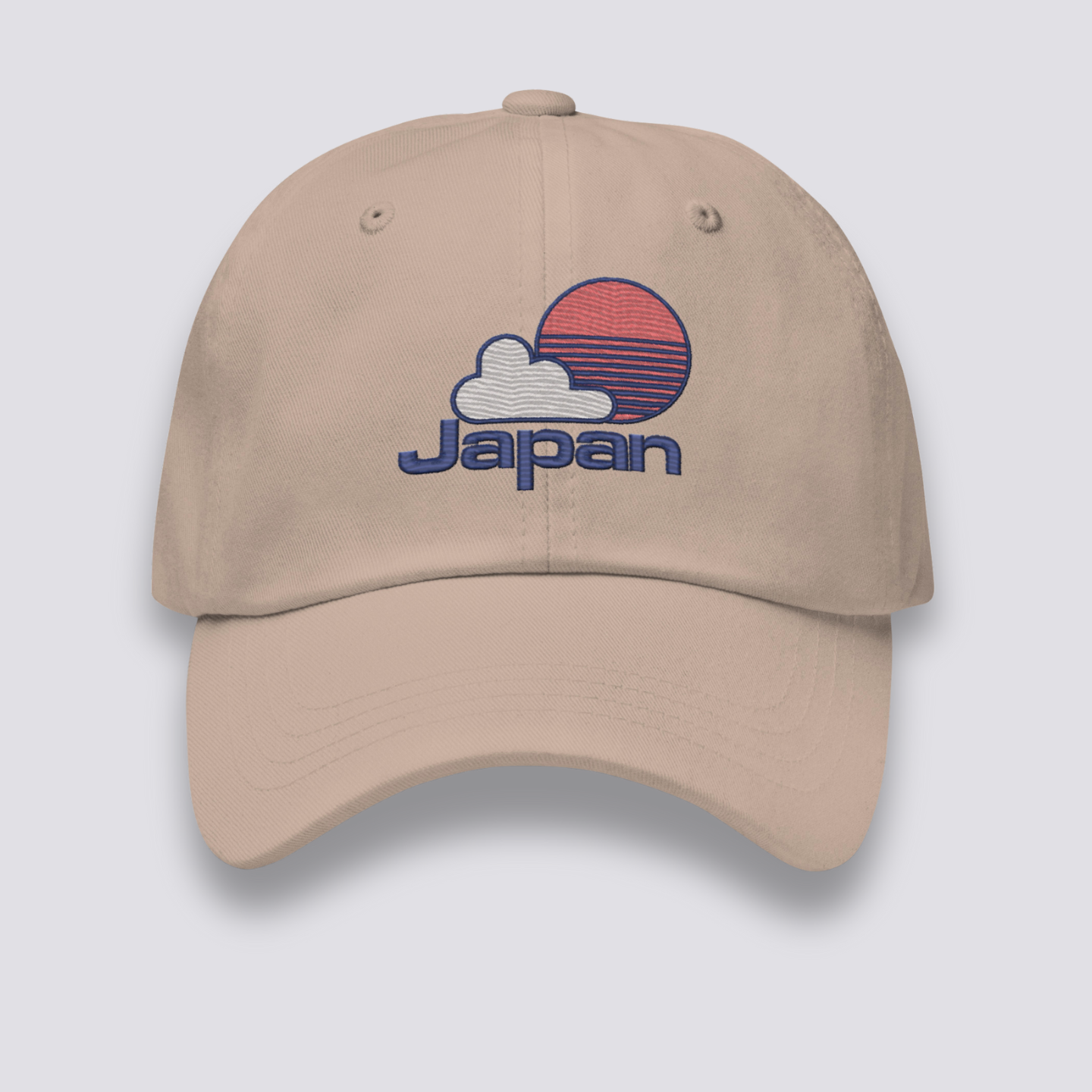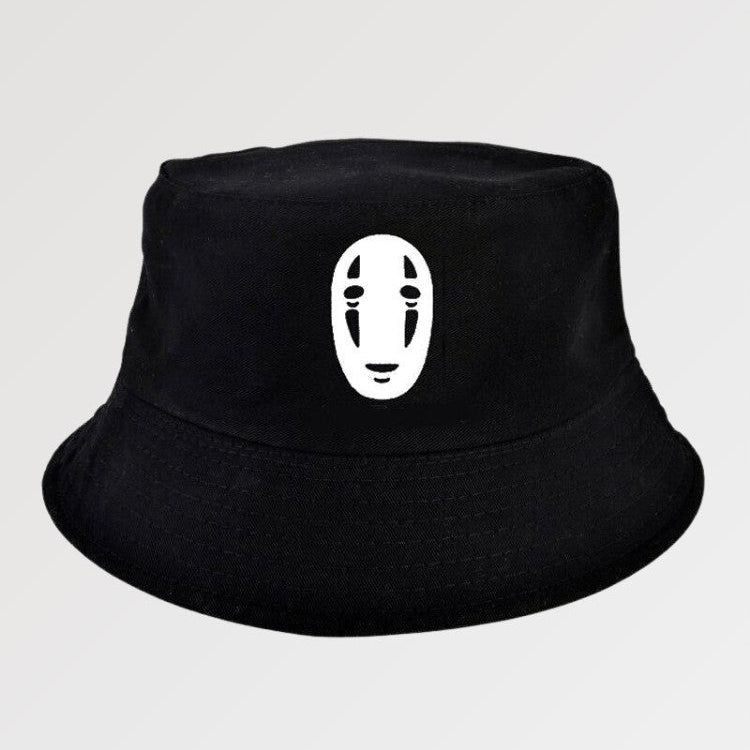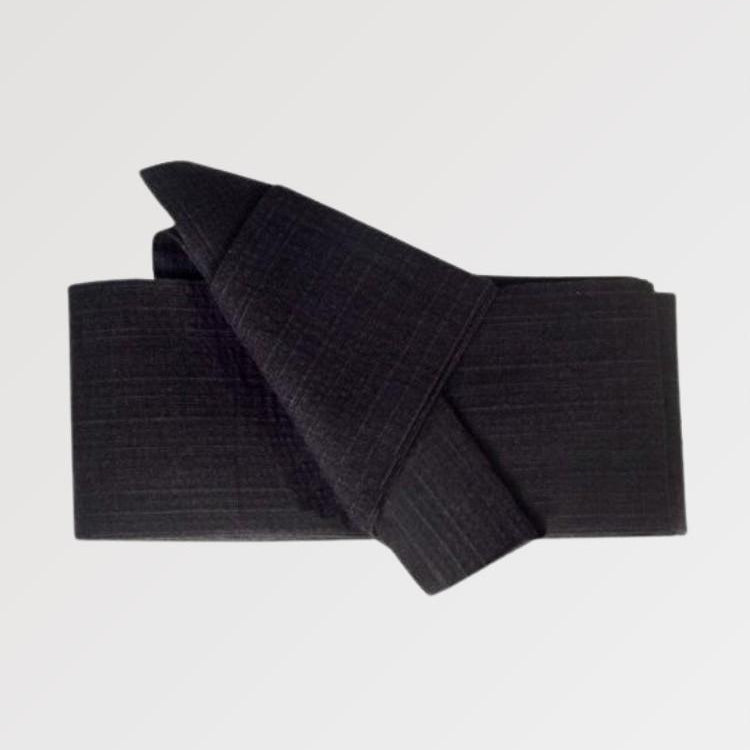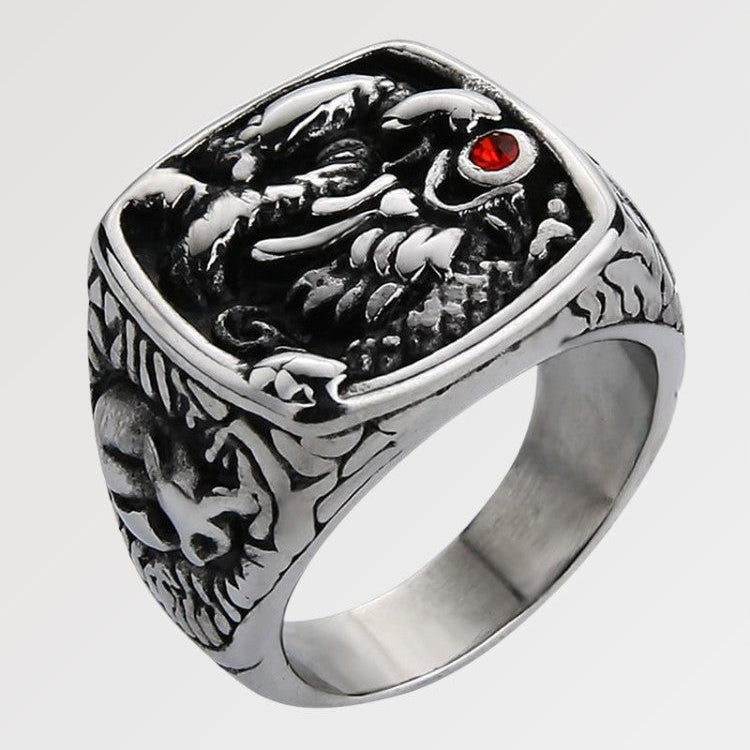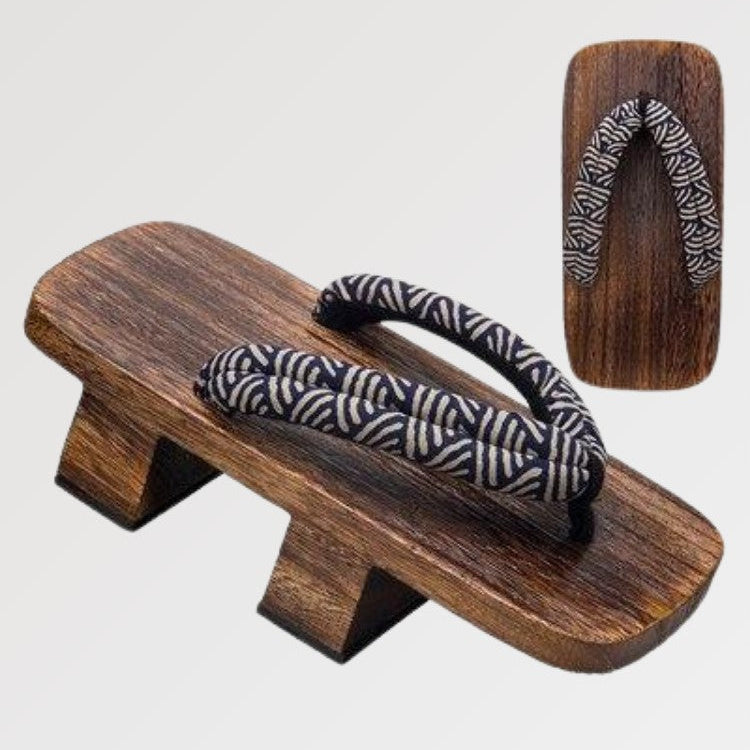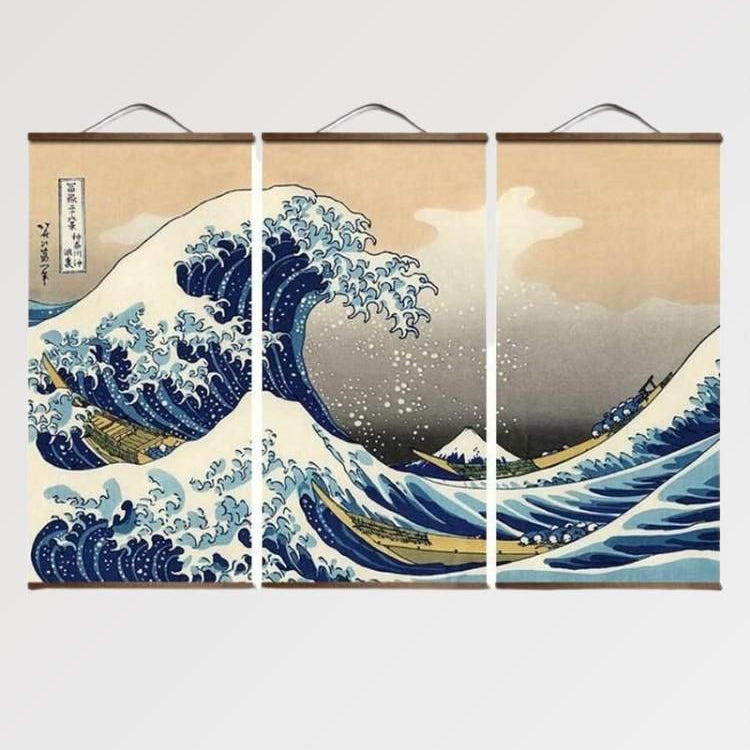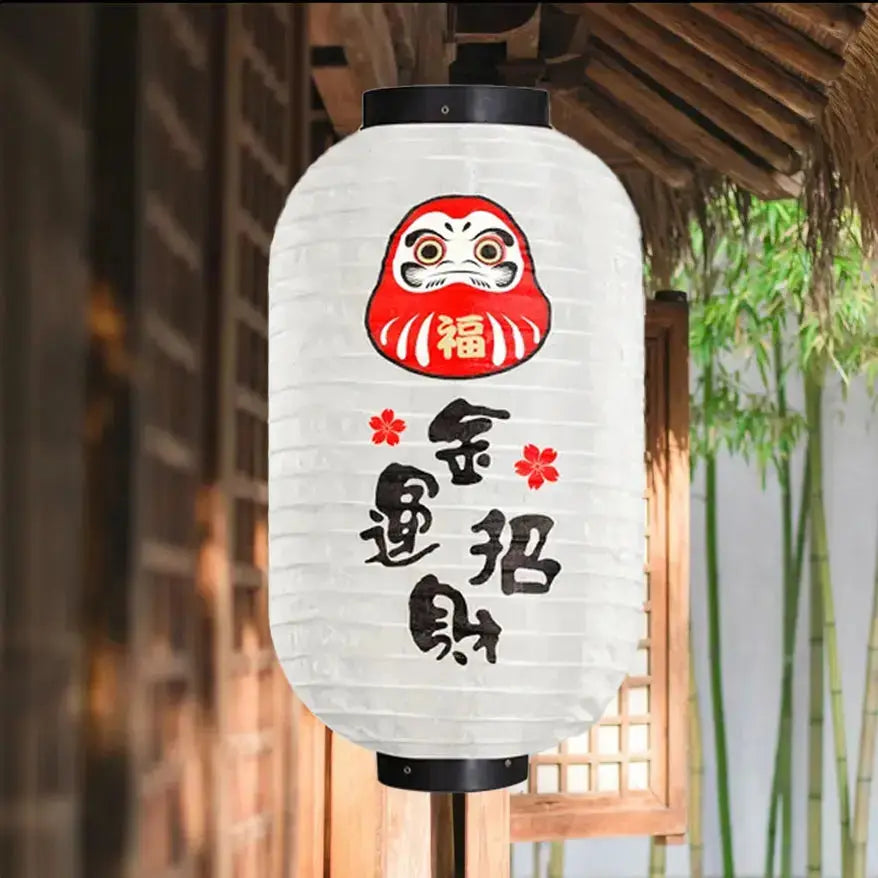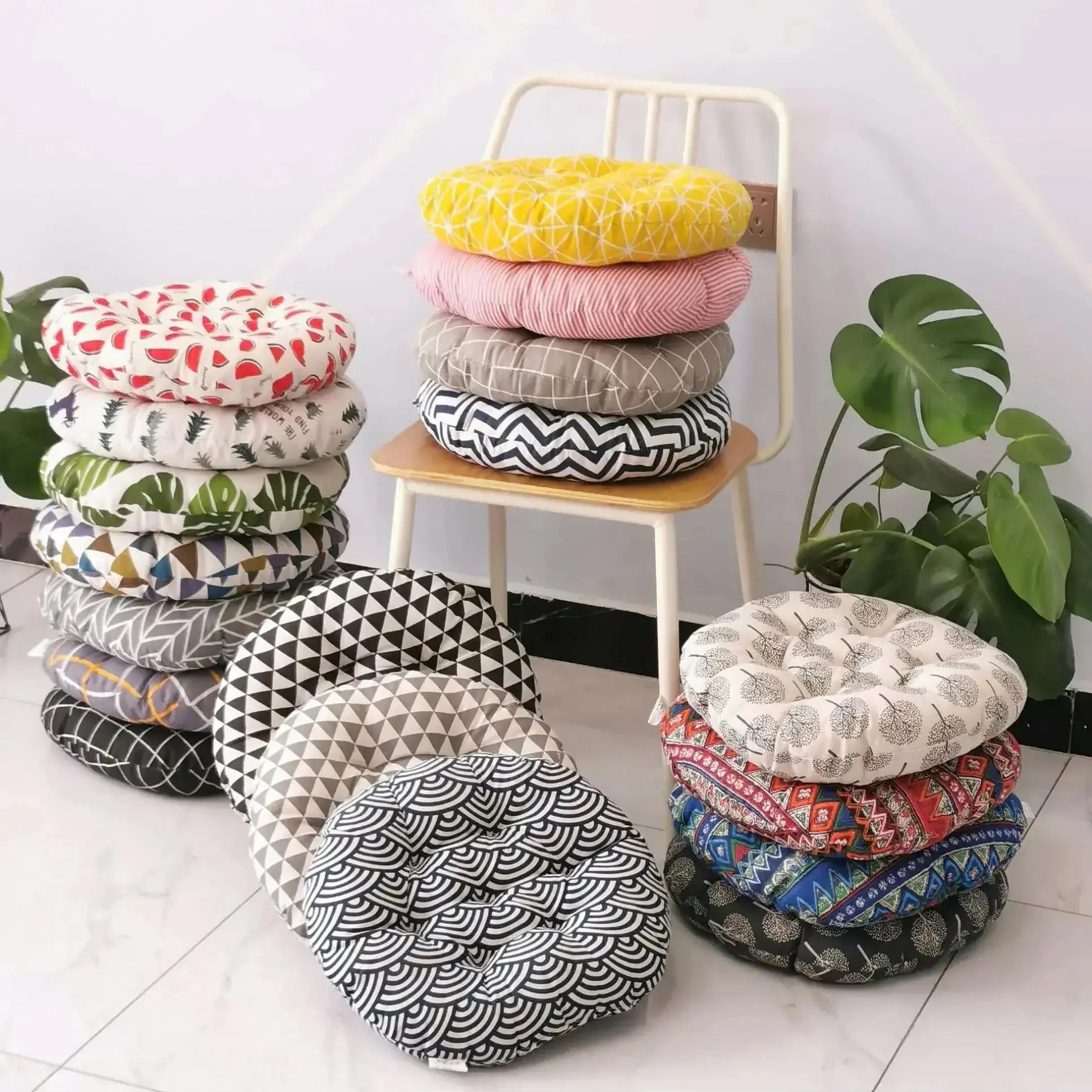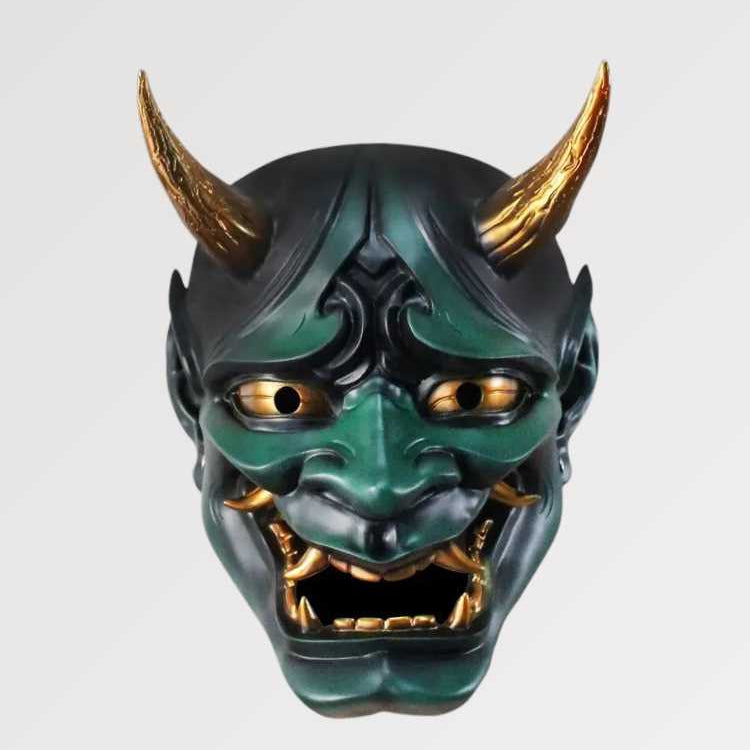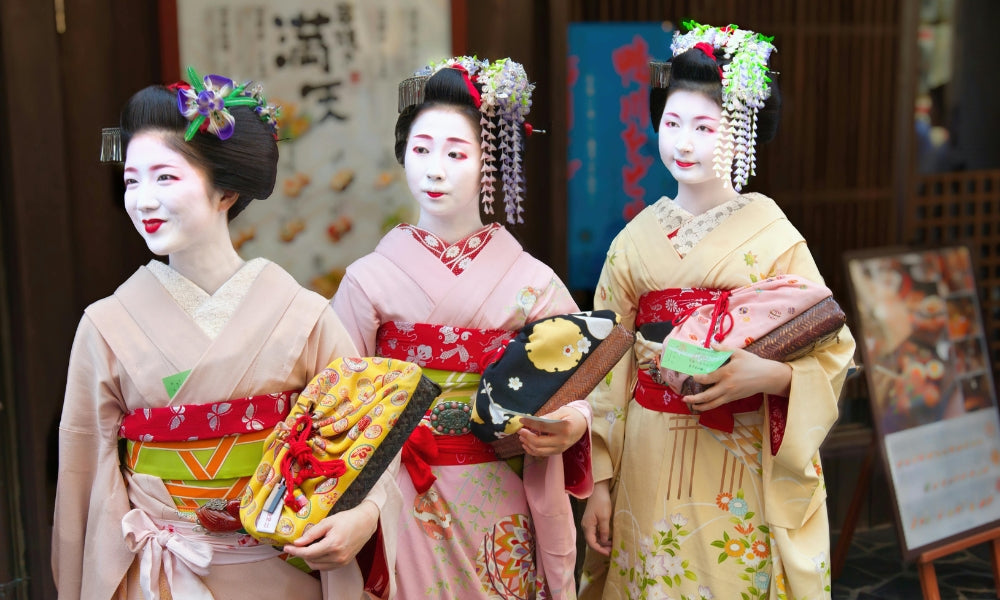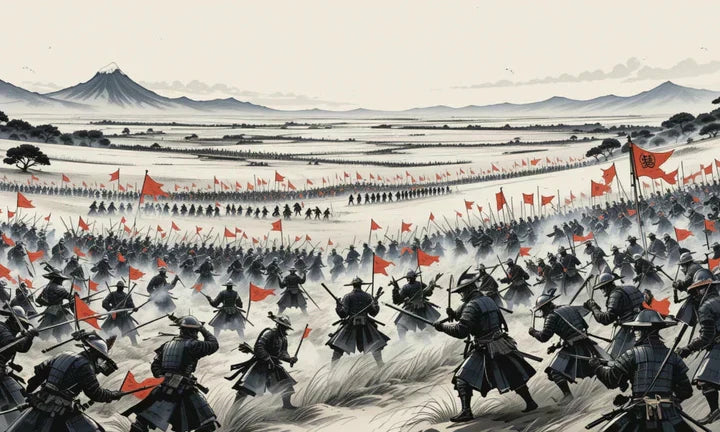The katana. The very name evokes the shimmer of steel, the quiet discipline of the samurai, and the perfect harmony between strength and beauty. From the blazing forge of the blacksmith to the hands of a warrior seeking justice, this Japanese sword is much more than a weapon, it's a code, a memory, a philosophy.
In this article, we explore every facet of the katana: its origins, craftsmanship, combat techniques, cultural impact, contemporary value, and even its legends. Prepare yourself for a journey through time and tradition.
Deep Origins: A Sword Beyond Warfare
The katana as we know it emerged in Japan at the end of the Heian period (794–1185), though its roots trace back further. Initially influenced by straight Chinese swords like the chokutō, the katana evolved into its distinctive curved shape and specialized use.
During the Kamakura era (1185–1333), the rise of the samurai class and continuous clan warfare led to significant improvements, eventually replacing the tachi, a longer, downward-worn blade.
Designed for close combat and intuitive fluidity, the katana's curve allows quick drawing (iaijutsu), becoming an extension of the warrior’s body and mind.
In the peaceful Edo period (1603–1868), the katana transitioned from the battlefield to a symbolic role, becoming a status symbol strictly regulated and reserved for samurai. It embodied the Bushidō, the warrior’s way of life.

The Sword’s Spirit: More Than a Weapon
For samurai, the katana was more than a tool of war, it represented their very soul. Chronicles tell of swords buried with their masters or placed as offerings in temples, some believed to be inhabited by guardian or vengeful spirits.
Japanese families cherished their katanas as sacred heirlooms, passed down alongside family crests and emblems. Naming the sword was common practice, with legendary blades like "Kogarasumaru" (Little Crow) becoming famous.

Japan’s Legendary Swords
Legendary katanas captivate the Japanese imagination. Notable examples include:
-
Kusanagi-no-Tsurugi: One of Japan’s three imperial treasures, supposedly found in an eight-headed serpent.
-
Honjo Masamune: Forged by master Masamune, symbolizing Japan’s unification.
-
Muramasa: Blades infamous for their curse, rumored to thirst for blood.
These stories blend history and myth, showcasing the katana’s significance beyond mere weaponry.

Katana’s Influence on Japanese Art
Beyond combat, the katana became a recurring motif in Japanese art, notably appearing in emaki (painted scrolls) depicting historic battles and ukiyo-e prints by artists like Utagawa Kuniyoshi.
In Nō and Kabuki theater, the katana symbolizes vengeance and honor, often central to the storyline, dramatically influencing the hero’s fate.
The decorative arts also embraced the katana. Artisans dedicated their lives to crafting exquisitely detailed tsuba (guards), inspired by poetry or ancient myths, many exhibited in museums such as Tokyo’s Japanese Sword Museum.

The Katana Today: Tradition and Modern Market
Japan strictly regulates authentic katana production, limiting it to several hundred annually, reserved for art or martial practices. Each blade is numbered and documented.
In the West, demand is high, ranging from decorative replicas and iaitō (practice blades) to genuine collectible swords.
Explore the collection at Katana Corp — The leading destination for handmade Japanese swords.
Contemporary artisans continue the rare tradition, blending traditional craftsmanship with modern designs.
Katana in Modern Anime and Manga
Imagining a shōnen hero without a katana is nearly impossible. Series like Naruto showcase kenjutsu through iconic characters like Killer Bee. In Bleach, Zanpakutō, spiritual swords, feature individual powers and personalities.
In Demon Slayer (Kimetsu no Yaiba), blades mirror the wielder’s nature through distinct colors and breathing techniques. One Piece presents Zoro’s legendary three-sword style (Santoryu), while Samurai Champloo, Rurouni Kenshin, and Dororo highlight the katana as both narrative device and value symbol.

Katana in Video Games and Western Pop Culture
Katana influence extends globally. Games like Ghost of Tsushima immerse players in historical authenticity, featuring protagonist Jin Sakai’s samurai blade. Cyberpunk games like Cyberpunk 2077 merge katana aesthetics with futuristic technology.
Even series such as The Mandalorian and The Witcher borrow extensively from katana swordplay, underscoring its universal cultural impact.

❓ FAQ
Is the katana still used today in Japan?
Yes, primarily in martial arts such as iaido and kendo, as well as historical reenactments.
Can a katana really cut through armor?
Not through traditional full armor. The katana was designed to target weak spots or unprotected areas.
How long does it take to forge a genuine katana?
Between two weeks to six months, depending on complexity, tempering methods, metal quality, and polishing.
What's the difference between a katana and a tachi?
The tachi is older, longer, and worn with the blade downward, whereas the katana is worn upward, allowing for quicker draws.
Why do some katana blades have a wavy pattern?
That's called the hamon—a natural pattern formed during the differential hardening process, indicating blade hardness.
Can you export an authentic katana from Japan?
Yes, but it requires an export permit issued by Japan’s Agency for Cultural Affairs.
What is the value of an authentic katana?
From several thousand to hundreds of thousands of dollars, depending on its era, maker, and condition.
Do traditional swordsmiths still exist?
Yes, a select group of master swordsmiths continue the tradition and must be officially certified by the Japanese government.
Is it dangerous to handle a katana at home?
Absolutely. Without proper training, handling a sharpened blade is risky. Beginners should use an iaitō for practice.
Does a katana rust?
Yes. Regular maintenance, including oiling, cleaning, and careful handling (avoiding moisture and fingerprints), is essential.
📝 Final Thoughts
The katana is more than a blade, it embodies a living heritage, forged through fire and tradition. Symbolizing loyalty, refinement, discipline, and mastery, it transcends eras with unwavering symbolic power.
Today, in dojos, collectors' displays, or contemporary narratives, the katana continues to inspire. Each blade tells a story of a people, a warrior, an artisan, and perhaps, soon, your own.
One sword. One line. One life.


